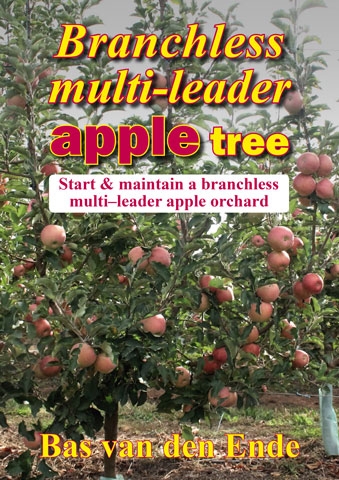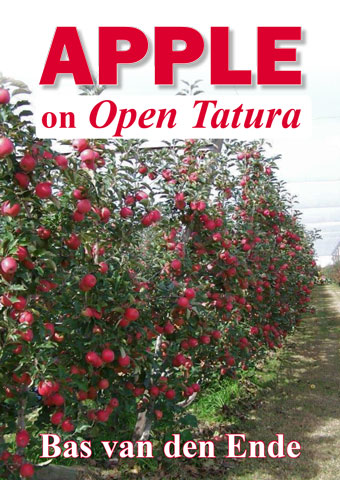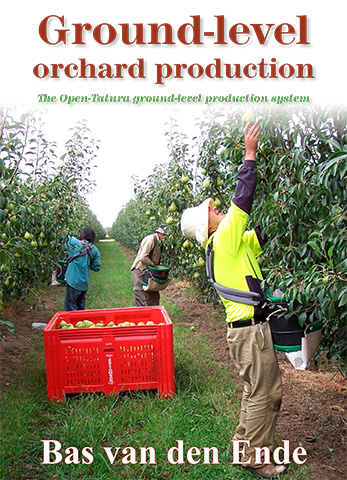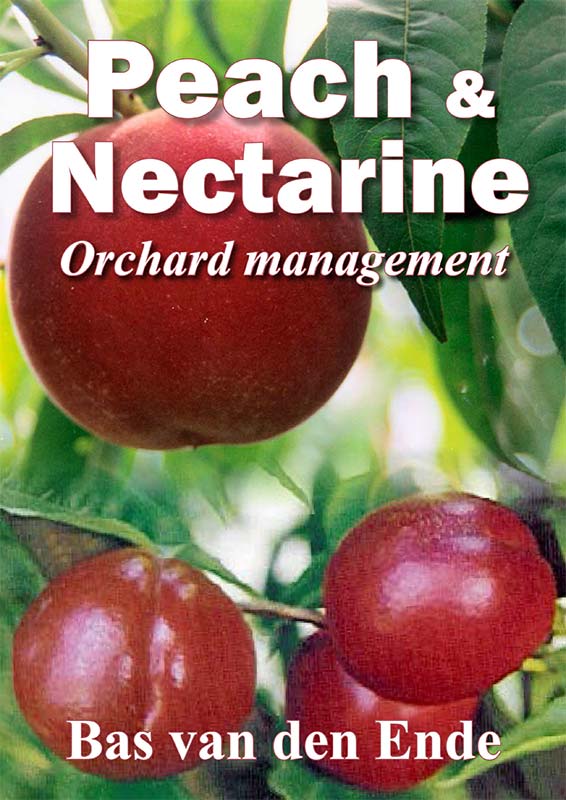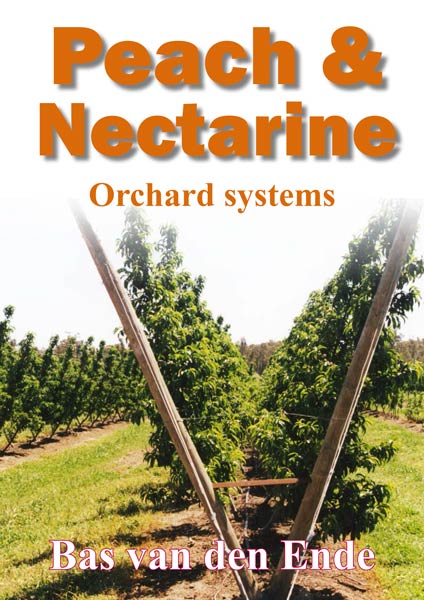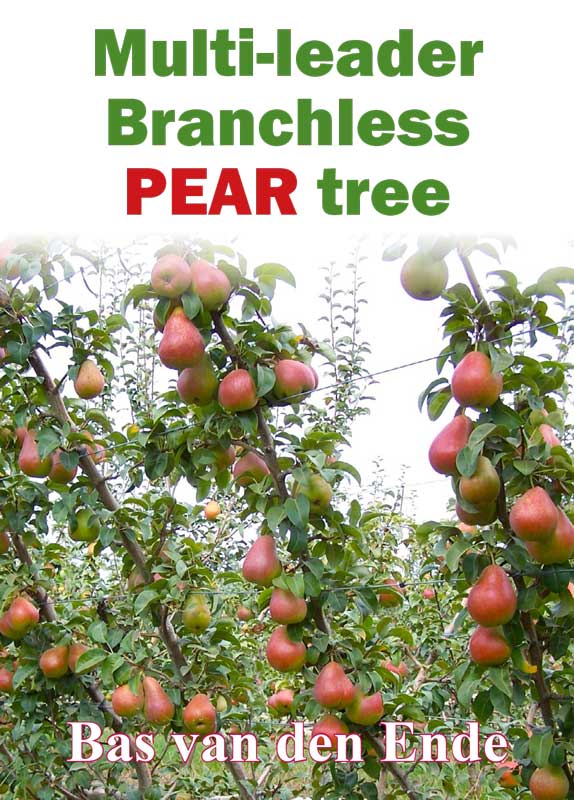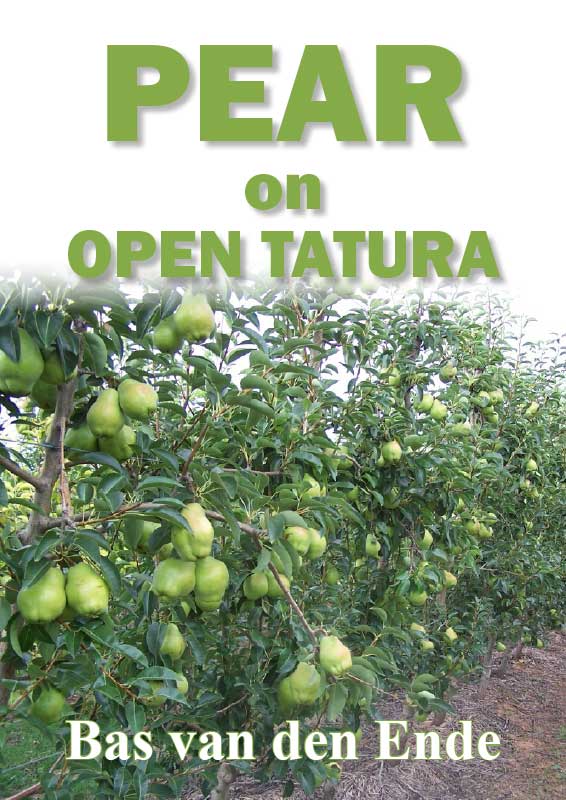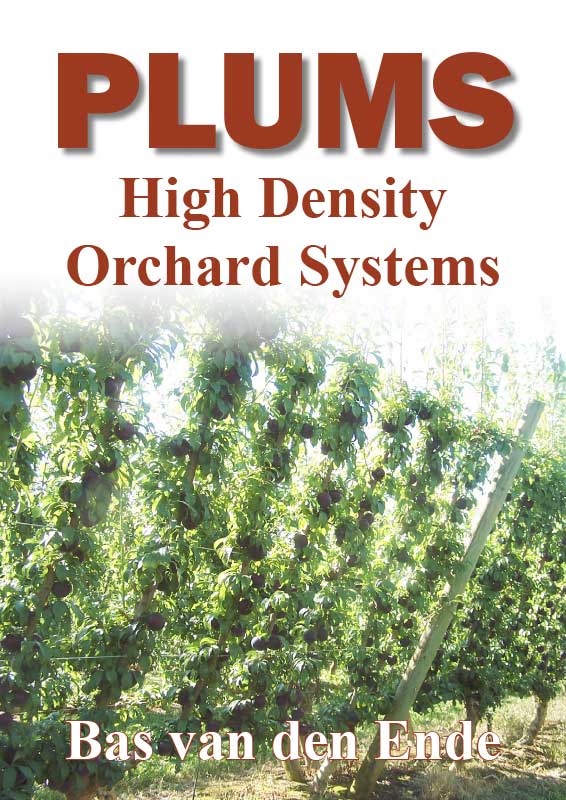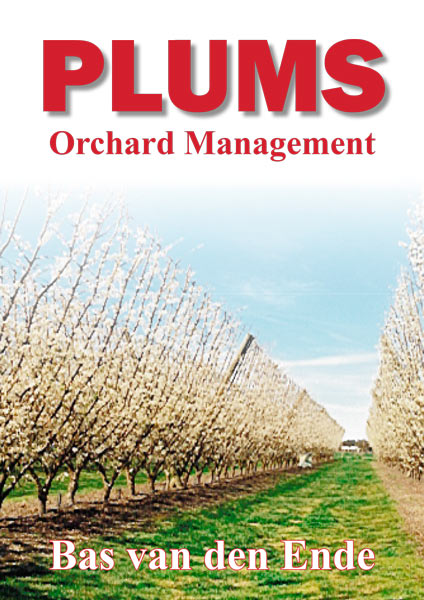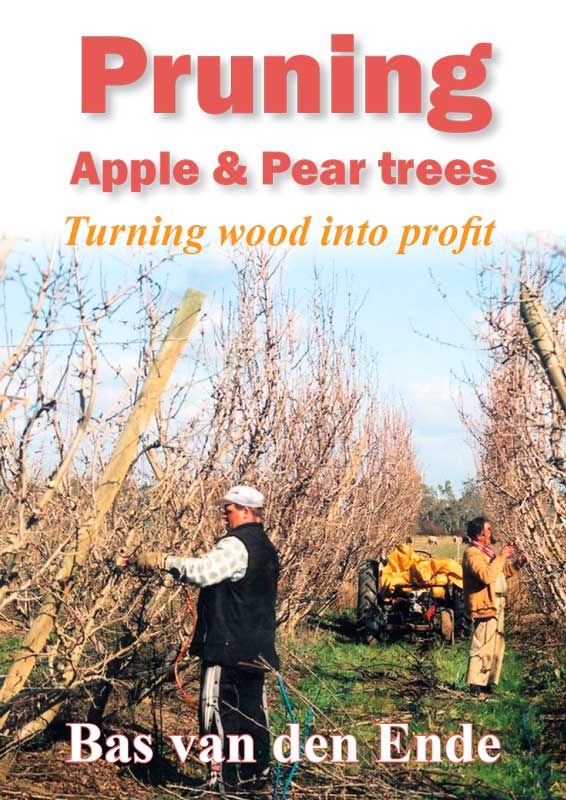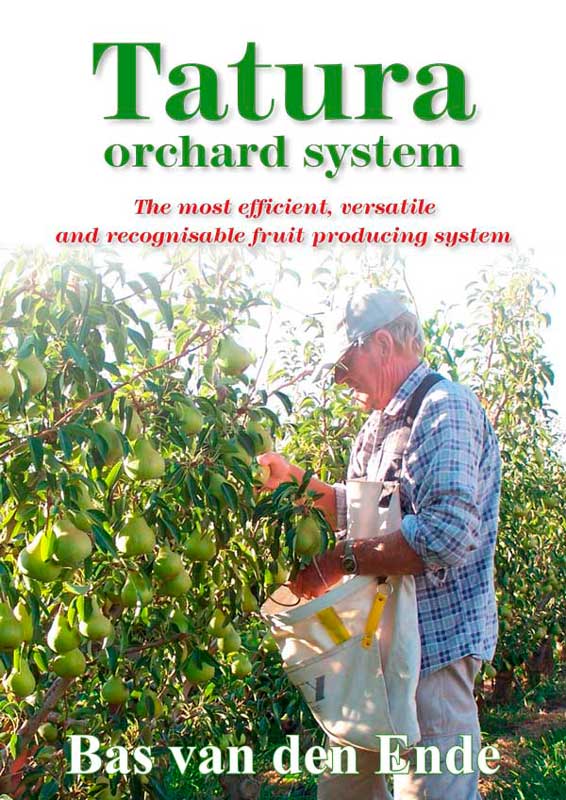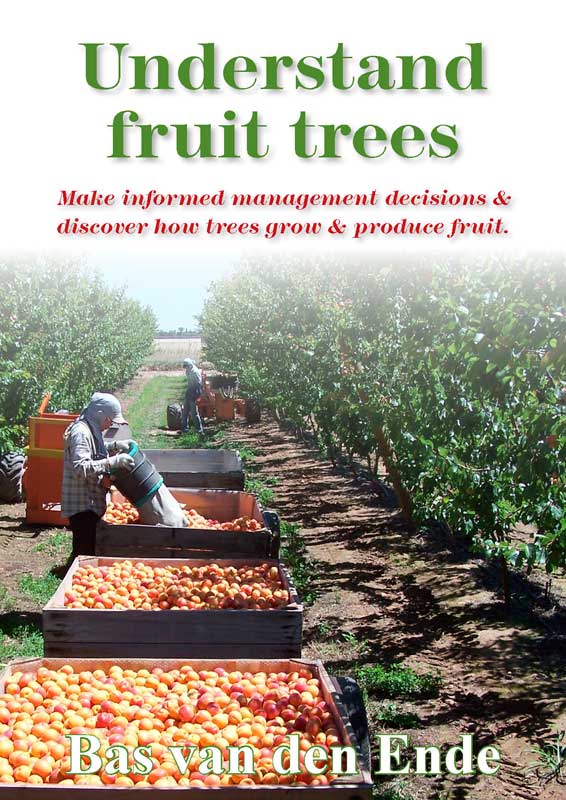European red mite (ERM) is a serious foliage pest of apples and pears.
Severe infestations can result in defoliation, particularly in pears.
The pest also occurs in stone fruit trees, but this is less common.
Identification
Adult ERM females are about 0.4 mm long and rounded. They are dark maroon coloured with prominent white spines on their body.
In contrast, adult males are smaller than females and lighter in colour. They have a less rounded body and have a pointed angular abdomen.
ERM eggs are light red, round and have a slight depression on top. When infestations are heavy, eggs will be found clustered in hundreds around branch angles and buds.
Damage
ERM feeding will cause mottling on the upper leaf surface. Heavy infestations result in leaf bronzing and premature leaf fall, leading to reduced photosynthesis.
Prolonged feeding can affect fruit size and colour and may affect bud development for the following season.
There are several ways to quantify the risk posed by mite populations including counts, presence or absence, percentage of leaves infested and cumulative leaf infested days (CLIDS).
Your local IPM consultant or chemical reseller should be able to assist with more advice on applying these methods in your orchard.
Monitoring
During the growing season, and particularly as spring and summer temperatures increase, monitor the undersides of leaves for ERM and their eggs.
Presence of webbing can also indicate that mite populations are present in the canopy, although this is more common with two-spotted mite.
Scouting the orchard for plant damage such as bronzed or yellowed leaves can be a quick way to identify pest mite hotspots.
Monitor for ERM fortnightly in the field using a hand lens or by taking a random sample to the office or lab for closer inspection under a light microscope.
Commercial mite monitoring services may be available in some districts.
When monitoring, record both pest and beneficial insect activity found on the leaves. It is a good idea to record both mites and predators as a percentage of leaves infested. This way, from sample to sample you will know if the infestation is getting worse or if the beneficials, such as predatory mites, are maintaining control.
Keep an eye out for ERM eggs among the branches while pruning, especially in winter. This can help identify potential pest pressure and hotspots for the next season.
Management
Cultural and physical
Physical management of ERM can include measures to reduce heat and dust in the orchard and ensuring adequate soil moisture, thereby minimising any tree stress.
Biological
The predatory mite Galendromus pyri (formerly Thyphlodromus pyri) can be a very effective biological control agent for ERM.
G. pyri adults are about the same size as adult ERM but have a pear-shaped body. When combined with the effects of other beneficial insects including lacewings and stethorus beetles, and with a soft (selective) insecticide program, full biological control of ERM is possible.
Predatory mites are often found on the underside of leaves close to the mid-vein. Before feeding on pest mites, the adults have an opaque white or cream colour as do their oval-shaped eggs. After feeding, the gut of the predatory mites take on the colour of their prey and they become more visible.
If predatory mite numbers are low or absent from an orchard, they can be seeded by transferring leaves and shoots from a block known to have a good population.
Chemical
Decisions to spray for ERM are best made based on the results of regular mite monitoring.
Download the Orchard plant protection guide 2020-21
See this article in Tree Fruit March 2020

